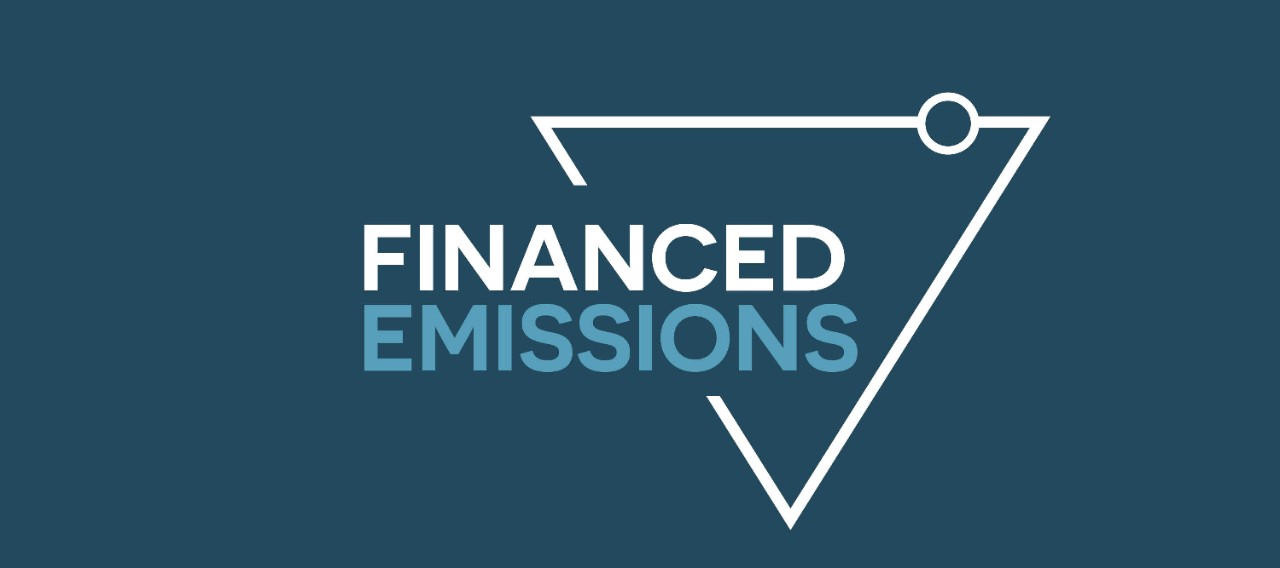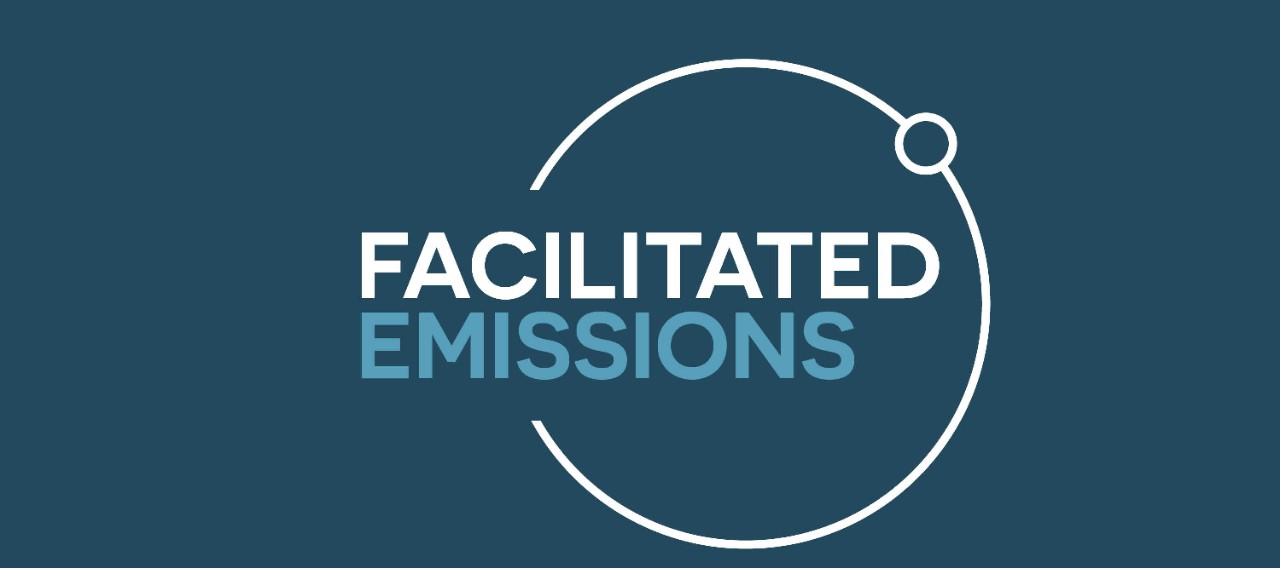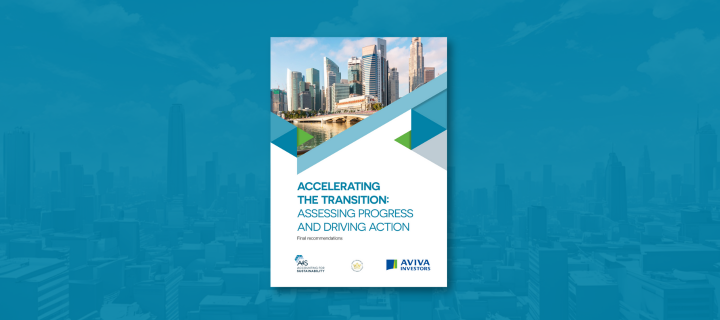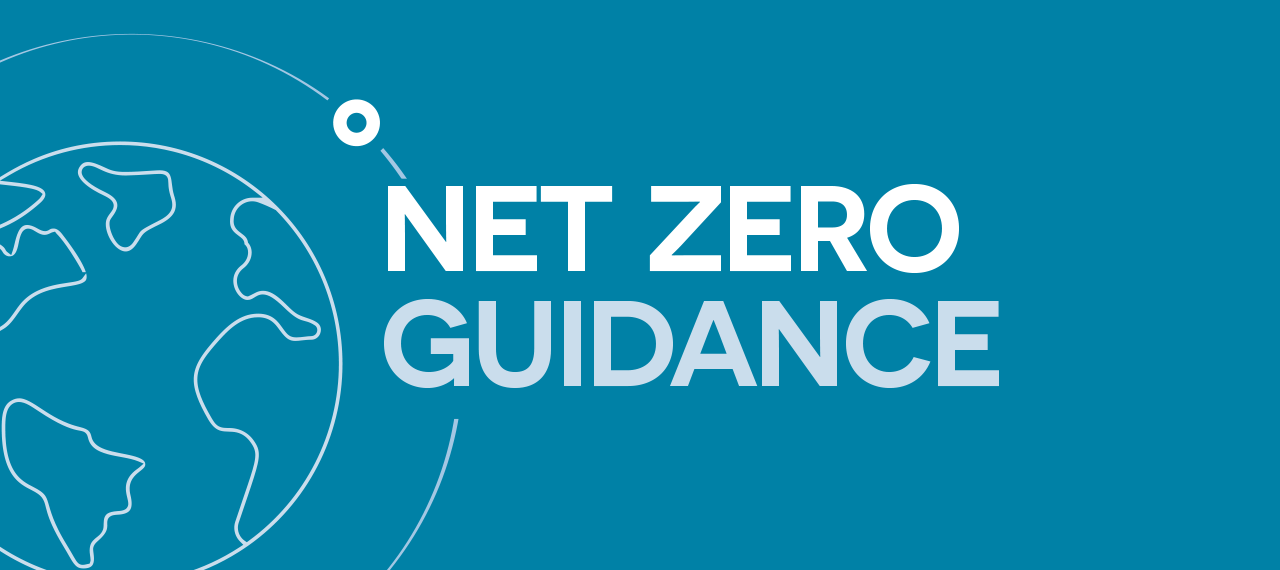Transition Planning
On this page:
- Approaches to transition planning
- Summary of current standards and guidance
- Resources and tips to help you in developing your transition plan
- Recent updates
If they are to have the necessary impact, net zero commitments and targets across the economy must be turned into concrete action. Organizations stand the best chance of achieving net zero when they are guided by a comprehensive, action-orientated and holistic transition plan that is fully embedded within their strategy. Transition plans covering all parts of the economy – including the capital markets and the public sector – are needed.
“Transition plans translate an institution’s net-zero commitment into specific objectives and actions that are aimed at reducing real-economy GHG emissions, and providing credibility and accountability to net-zero commitments.” – Glasgow Financial Alliance for Net Zero, Financial Institution Net-zero Transition Plans: Fundamentals, Recommendations, and Guidance
“A climate-related transition plan is an aspect of an entity’s overall strategy that lays out the entity’s targets, actions or resources for its transition towards a lower-carbon economy, including actions such as reducing its greenhouse gas emissions.” – IFRS S2
CFOs and finance teams have a critical role to play in developing and delivering net zero transition plans. They can be involved in aligning financial plans with the transition plan, gathering and reporting data, or raising transition finance.
Why develop a transition plan?
The case for climate action is clear: fast and decisive action is needed to achieve net zero, and achieving net zero is essential for sustaining the world as we know it. Our collective future depends upon organizations across the world aligning their business strategy, operations and funding with a net zero pathway. By developing and sticking to transition plans, organizations can contribute to keeping global warming below 1.5°C – and enhance their own organizational resilience to climate-related risks.
Transition plans enable an organization to identify the actions and interim milestones needed for meeting its long-term net zero targets. Robust and transparent transition plans give credibility to an organization’s commitments, allow others to hold it accountable, and help investors to understand and monitor progress. Increasing regulation in this area is also pushing more organizations to act, either on a voluntary basis, in anticipation of future regulations, or a mandatory basis, once regulations are in force.
“Organizations should not wait for regulation to require them to develop a transition plan. The process of developing a transition plan takes time and resources, therefore taking decisive action now will mean you are able to identify opportunities and manage risks earlier, align decision-makers and be prepared for when transition plan regulations come into force.” – Helen Slinger, Executive Director – Knowledge and Learning, A4S
What approach should be taken to transition planning?
A transition plan represents a clear move from ambition to action. The process of developing a transition plan helps organizations assess where they are now, where they want to go and how to get there.
Organizations should view transition plans as:
- Dynamic – transition planning needs to be dynamic and responsive, with associated documentation that can be regularly revisited, reviewed and updated.
- A framework for action – a comprehensive transition plan helps organizations structure their activities across the whole business.
- A strategic realignment – the process of developing and publishing a transition plan should be seen as a realignment of business strategy with net zero and not simply a box-ticking disclosure exercise.
- Part of a bigger shift – the net zero transition will only become a reality with collective action from different elements of society, such as technological innovation and government intervention, that combines to create an enabling environment.
“A transition plan should be much more than simply a disclosure exercise; the process of developing and implementing a transition plan should serve as a strategic planning tool and roadmap for practical action to deliver net zero.” – Michael Izza, Chief Executive at ICAEW and member of the steering committee of the Transition Plan Taskforce (TPT).
Organizations should also keep in mind the importance of enhancing nature and reducing inequalities when developing net zero transition plans. Climate, nature, and people and communities are interconnected, so solving one crisis is dependent on solving the others. A net zero transition plan should therefore address the need for a just transition and contribute to the delivery of the targets of the Kunming-Montreal Global Biodiversity Framework.
What requirements, standards and guidance exist on transition planning?*
Several standards reference transition planning. For example:
- The IFRS S2 disclosure standard, published in June 2023, requires an entity to disclose “any climate-related transition plan the entity has, including information about key assumptions used in developing its transition plan, and dependencies on which the entity’s transition plan relies”.
- E1 of the European Sustainability Reporting Standards, finalized in July 2023,1 states that “[t]he undertaking shall disclose its transition plan for climate change mitigation”.
Alongside these and other standards, some governments are starting to require transition plans. At COP26 the UK government announced that it will make transition plans mandatory, becoming the first government in the world to do so.2 Some UK organizations, under Financial Conduct Authority rules, are already expected to publish a transition plan on a ‘comply or explain’ basis, in line with guidance from the Task Force on Climate-related Financial Disclosures (TCFD). Transition plan requirements are also in place in Brazil, New Zealand, the European Union, Switzerland and Japan.
Other governments have signalled their intention to regulate transition plan reporting, either through the adoption of the IFRS S2 disclosure requirements or other mechanisms, and more are likely to follow. TPT’s July 2023 status update provides further information on the global uptake of transition plan requirements.
To mitigate the potential risk of divergence across different jurisdictions, the International Sustainability Standards Board (ISSB) designed its IFRS Sustainability Disclosure Standards to be used worldwide, making them suitable as a global baseline. A4S partners with the ISSB for capacity building activities, including the production of guidance and resources to support global adoption and upskilling.
GFANZ, TPT and CDP have all produced guidance to illustrate what a good transition plan looks like. The guidance developed has, where possible, been mapped to existing frameworks and standards.

GFANZ has produced various resources, including recommendations and guidance for financial institutions, expectations for real-economy transition plans and workshops in a box.

TPT has produced a disclosure framework and guidance to help organizations to disclose credible, useful and consistent transition plans.
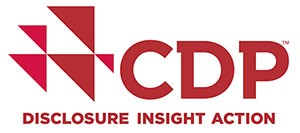
CDP has a technical note on the definition, principles and elements of a credible climate transition plan.
* This content was last updated in October 2023.
How to develop a transition plan?
Finance teams have a clear role to play in leading or supporting their organization in transition planning, especially in areas specifically aligned to the work of finance teams, such as financial planning, raising transition finance, and developing metrics and targets.
To help you get started in developing a transition plan, A4S has produced a range of case studies and other resources.
A4S practical examples
These practical examples provide insights into the actions finance teams can take across the areas highlighted in the table. Links to each organization’s full transition plan can be found below the table.
|
GHG metrics and targets |
Financial planning |
Products and services |
Engagement with value chain |
Business operations |
Carbon credits |
Board oversight and reporting |
| X | X |
X |
|
|
X |
||
X |
X |
|
|||||
|
X |
|
X |
X |
X |
|
|
| Heathrow** | X | X |
** The transition plans referenced within these practical examples were developed prior to the release of final guidance from TPT and GFANZ.
As transition plans are being regularly updated, those displayed above may have been published after the case study was compiled.
A4S resources
To assist finance teams further, A4S has produced a range of outputs on transition planning. We also have a series of Q&A blogs with GFANZ, TPT and TCFD, in which they discussed their guidance and how it complements other resources, the challenges being faced by organizations, and the key considerations for finance professionals.
TOP TIPS FOR FINANCE TEAMS
1. Stay informed on the evolving landscape of standards, regulation and guidance
Understand which regulations, standards and guidance on transition planning are applicable to you now and those that are in the pipeline. Investigate the specific requirements and guidance, and consider what this means for your organization.
2. Get started
Begin working on your transition plan now. Don’t wait until it is required by regulation or final guidance is published. Perfection isn’t possible, and waiting for complete information can become an excuse for inaction – inaction that we can’t afford. Start taking steps in the right direction, and you can refine and improve your approach from there.
3. Engage and collaborate
Get buy-in from within your organization and externally (for example, from investors). Work with others and openly share your successes and challenges to support collective progress. Participate in consultations and working groups to help shape further guidance.
4. Be action-orientated
Consider your transition plan development as a framework for action, not a disclosure exercise. Use the guidance available – such as the guidance available from TPT, GFANZ and CDP – to structure your approach and prioritize your immediate actions.
5. Take an iterative approach
Update your transition plan regularly to reflect changing internal and external factors. Your transition plan will likely go through several iterations and evolve and develop over time. Consider how best to communicate these developments to stakeholders. For example, you could provide frequent short updates to the market.
6. Embed into strategy
Fully integrate your transition plan within your business strategy, rather than treating it as a separate sustainability initiative. Make sure that your transition plan is considered across all aspects of your organization, including governance, culture, remuneration, products and services. For example, if a pillar of your strategy is climate action, you could integrate climate targets into business planning, link staff remuneration to climate KPIs and allocate funding for climate innovation.
7. Take a holistic approach
Think systematically rather than in silos when developing your transition plan, and consider how you can use connected levers to drive action. For example, you could introduce a new low-carbon product to customers alongside an education campaign.
8. Align with your financial plan
Ensure the transition plan is fully costed and considered in financial plans, budgets and forecasts. Consider raising transition finance if additional funding is required.
9. Utilize the existing strengths and processes of the finance team
Apply the same rigour and approaches to transition plan information as you do to financial information, developing governance and controls to ensure information is of the highest possible quality. The processes for gathering and reporting transition plan information should be embedded in the processes for gathering and reporting financial information.
10. Think beyond climate
Climate is related to, and affects, broader sustainability considerations. Take a wider view when developing a climate transition plan, such as achieving a just future for all and halting and reversing biodiversity loss.
RECENT UPDATES
- April 2025: World benchmarking Alliance report on: Assessing the ‘just’ in corporate transition plans: framework and guidance
- January 2025: EU Platform on Sustainable Finance releases report on Building trust in transition: core elements for assessing corporate transition plans.
- January 2025: The Institutional Investors Group on Climate Change (IIGCC) publishes an updated version of the Net Zero Investment Framework (NZIF) Implementation Guidance for setting portfolio-level objectives and asset-level targets to support net zero strategies and transition plans.
- January 2025: The Financial Stability Board (FSB) publishes report highlighting The Relevance of Transition Plans for Financial Stability.
- December 2024: WWF publishes Catalysing Change: The Urgent Need for Nature Transition Plans providing recommendations for nature transition plans, including use cases.
- November 2024: the International Transition Plan Network (ITPN) launches with the aim to drive global collaboration on transition plans.
- November 2024: WBCSD publishes report aimed at Moving transition from plans to action: A transition planning primer.
- November 2024: IOSCO publishes a report exploring how transition plan disclosures can support objectives of investor protection and market integrity, including considerations of future actions for IOSCO.
- November 2024: GFANZ publishes their 2024 Progress Report.
- November 2024: Forum for Insurance Transition to Net Zero (FIT) has launched a guide on transition plans for insurance companies
- October 2024: Transition Finance Market Review publishes its findings in its Scaling Transition Finance report commissioned by the UK government.
- October 2024: TNFD publishes Discussion paper on Nature transition plans
Previous updates
- September 2024: GFANZ publishes Case Studies on Transition Finance and Decarbonization Contribution Methodologies
- September 2024: World Benchmarking Alliance release guidance and framework for assessing the credibility of a company’s transition plan
- July 2024: GFANZ publishes a series of case studies on Catalyzing Climate Action: Emergent Asia-Pacific Case Studies of Financial Institutions’ Net-zero Transition Plans
- June 2024: IFRS Foundation to assume responsibility for key materials developed by TPT
- June 2024: CDP, The State of Play: 2023 Climate Transition Plan Disclosure
- April 2024: TPT publishes Sector Summary Guidance to complement the TPT Disclosure Framework
- April 2024: TPT publishes Sector Deep Dive Guidance to complement the TPT Disclosure Framework
- April 2024: TPT publishes illustrative guidance for each stage of the Transition Planning Cycle
- April 2024: Climate Bonds Initiative publishes Navigating Corporate Transitions, helping financial institutions in assessing credibility and maturity of corporate transition plans
- February 2024: TPT shares transition plan case studies
- February 2024: AMF publishes educational guide on companies’ climate transition plans
- January 2024: Reclaim Finance publishes Corporate climate transition plans: what to look for
- December 2023: GFANZ publishes report on Scaling Transition Finance and Real-economy Decarbonization (supplement to the 2022 Net-Zero Transition Plans report)
- November 2023: Climate Bonds Initiative, Transition Finance Mapping
- October 2023: TPT, Final Disclosure Framework
- August 2023: UK FCA’s plans for implementing ISSB and TPT
- November 2022: GFANZ publishes Financial Institution Net-zero Transition Plans – Fundamentals, Recommendations, and Guidance






